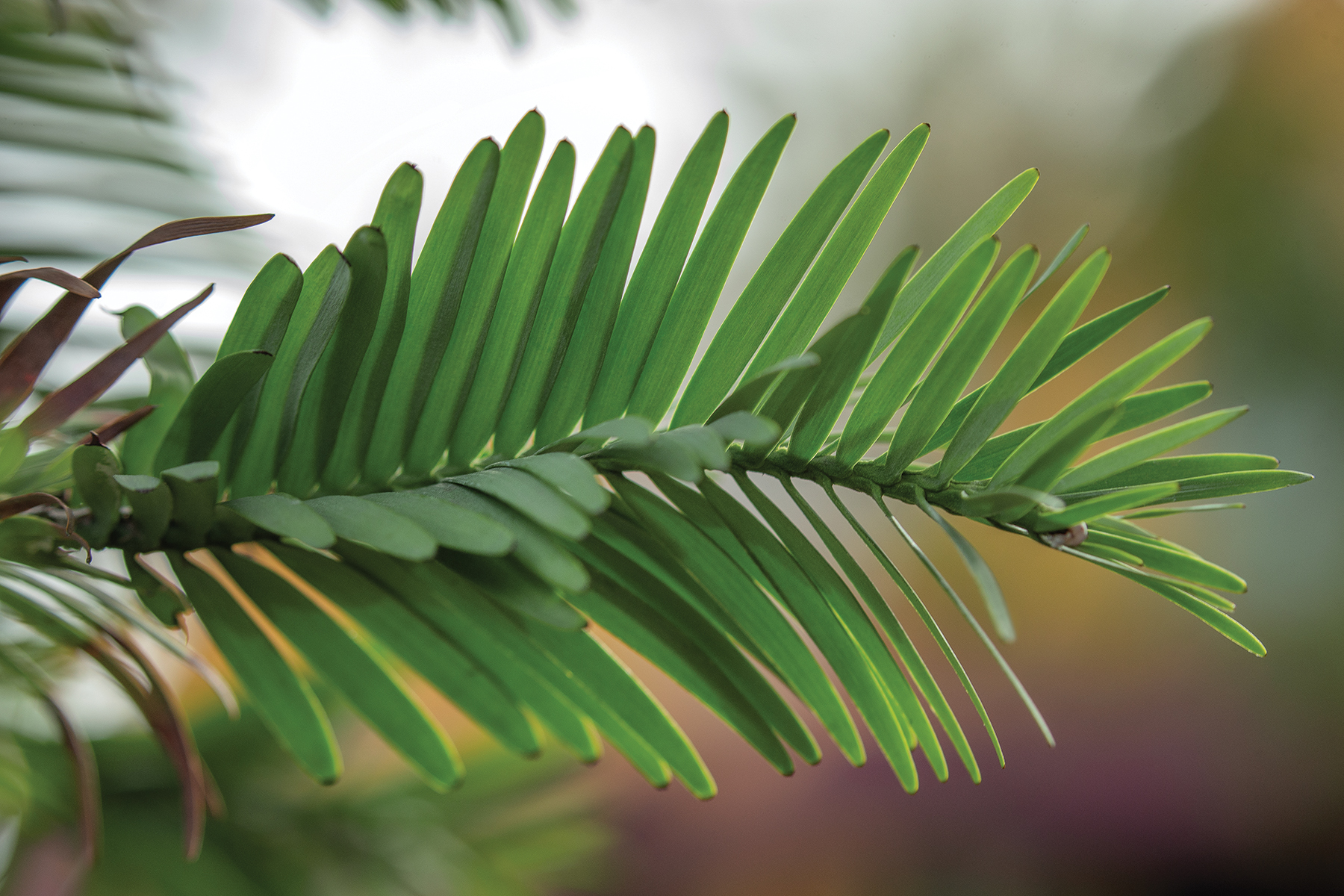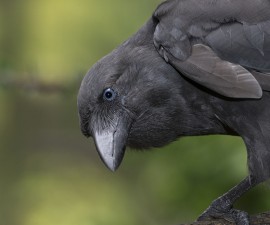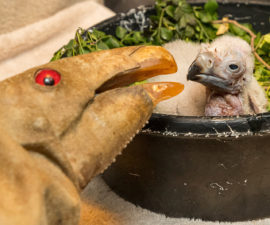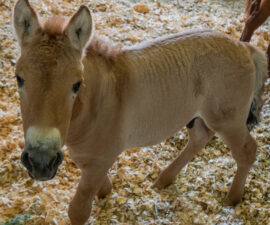BY Raj Brown
Director of Horticulture for the San Diego Zoo Safari Park
One of the world’s oldest and rarest trees, the Wollemi pine Wollemia nobilis is a fascinating and resilient tree that flourished during the late Cretaceous era, when dinosaurs like Tyrannosaurus and Triceratops roamed the Earth. As a member of the 200-million-year-old plant family Araucariaceae, scientists classified the species as extinct until a bushwalker discovered the trees thriving in an isolated canyon on the outskirts of Sydney, Australia. The discovery of the ancient stand of trees caused great excitement in the botanical community and has spurred national and international conservation efforts to protect the species through in situ and ex situ conservation efforts.
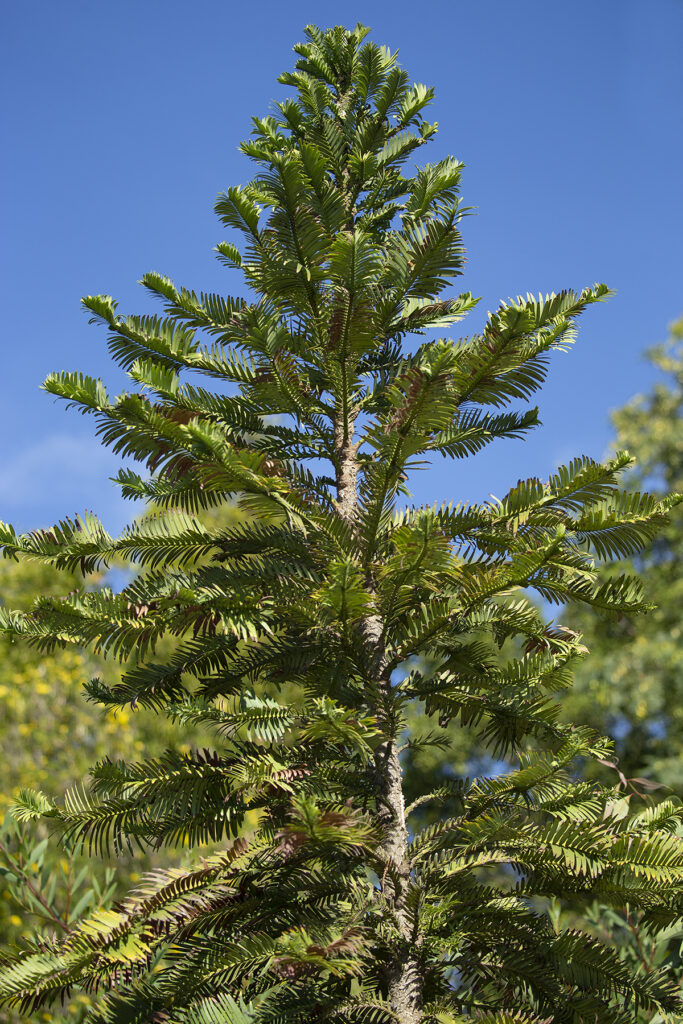
Wollemi pines are tall, coniferous trees with needle-like leaves. They grow to 130 feet in height. A trunk can grow up to three feet in diameter, and it’s common to find numerous trunks emerging from a single root base. Wollemi pines reproduce vegetatively and by wind pollination. They are monoecious, with both male and female cones on each tree. They are extremely long-lived, and it is estimated that the wild population trees have specimens between 500 and 1,000 years old.
Wollemia nobilis is considered critically endangered, with native populations scattered within isolated pockets of Wollemi National Park. The trees are protected through in situ wildlife conservation efforts, and the locations of the wild groves are kept secret to prevent damage and disease introduction. The limited geographic distribution and small population size make the Wollemi pine extremely vulnerable to disease and fire.
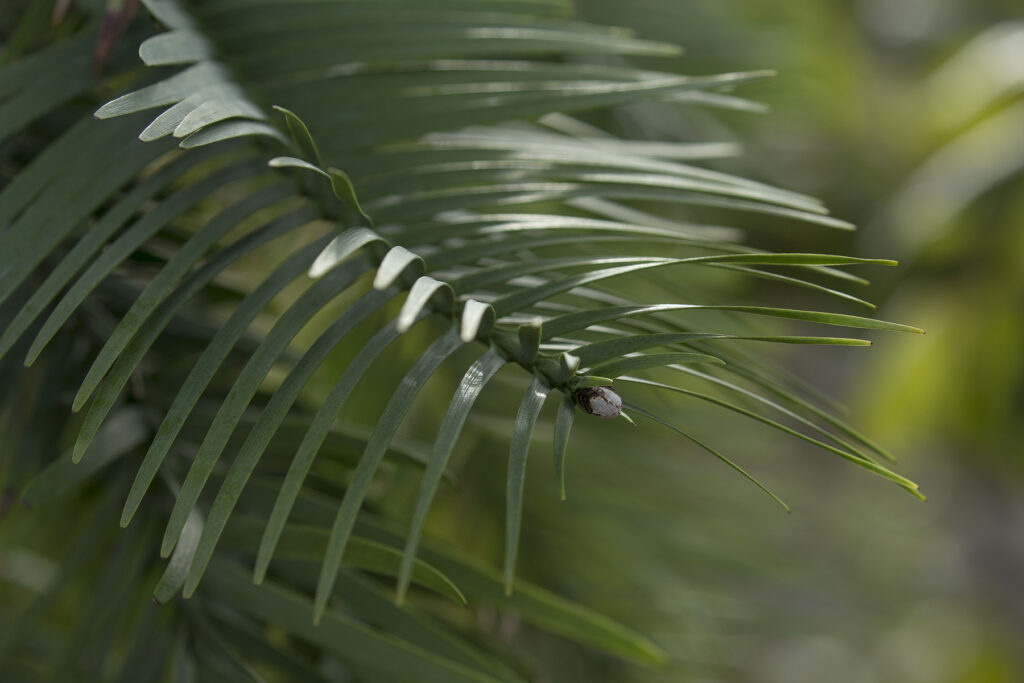
The catastrophic Gospers Mountain megafire of 2020 burned more than 1.2 million acres and nearly destroyed the last remaining native populations of Wollemi pine. Noting the significance of these isolated forests, the Australian government deployed a specialized team of firefighters to safeguard the cherished groves of native trees. In a coordinated effort, air tankers dropped fire retardant while on-grounds crews set up irrigation systems to hydrate the environment. Fortunately, the strategy proved successful, with very few of the trees consumed by the fire. The aftermath photography showed a desolate and charred landscape with verdant pockets of Wollemi pines standing tall.
In addition to the in situ conservation efforts, the Australian government developed an extensive propagation strategy for ex situ plant conservation. Seed collections from the ancient native groves were propagated en masse, as a part of a global cultivation conservation strategy. Purchasing the Wollemi pine saplings helps support ongoing conservation research, while also diversifying the geographic distribution of the species. Additionally, the mass propagation strategy has diminished illegal plant trafficking demand to remove plant materials from native forests.
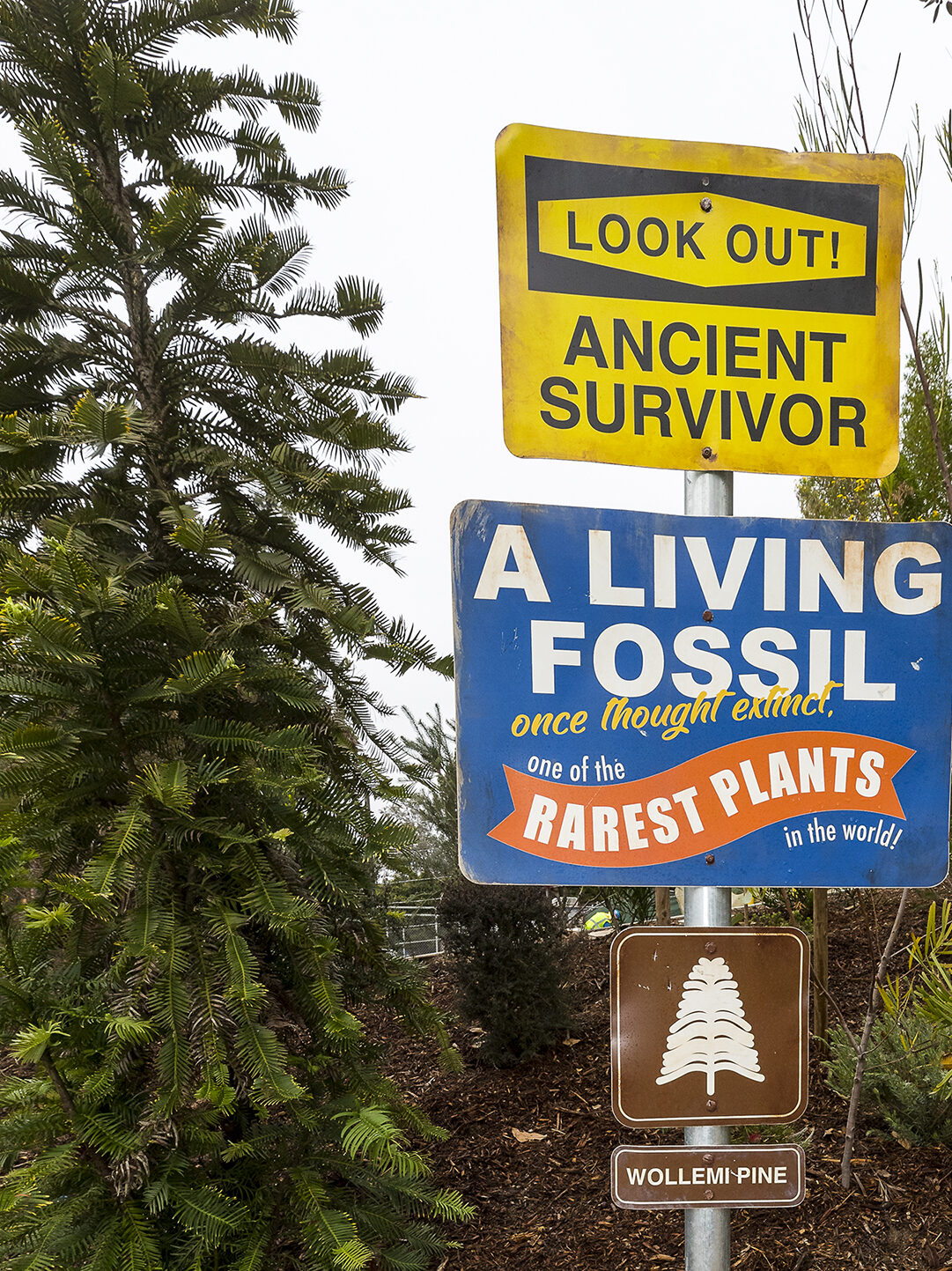
The San Diego Zoo Safari Park and San Diego Zoo botanical collections participate in the global ex situ Wollemi pine meta-collection conservation efforts, with multiple trees at each location. At the Safari Park, there are Wollemi pine trees located in Walkabout Australia near the Matschie’s tree kangaroo and platypus habitats. The trees are growing among native Australian shrubs, like blue hibiscus and bottle brush. In the vicinity, you will also find other ancient trees from the ancient Araucariacea family, including the Queensland kauri Agathis robusta, Norfolk Island pine Araucaria heterophylla, and Monkey Puzzle tree Araucaria araucana. Next time you are at the Safari Park, we encourage you to admire this plant conservation success story, and enjoy these wonderful “living fossils.”

